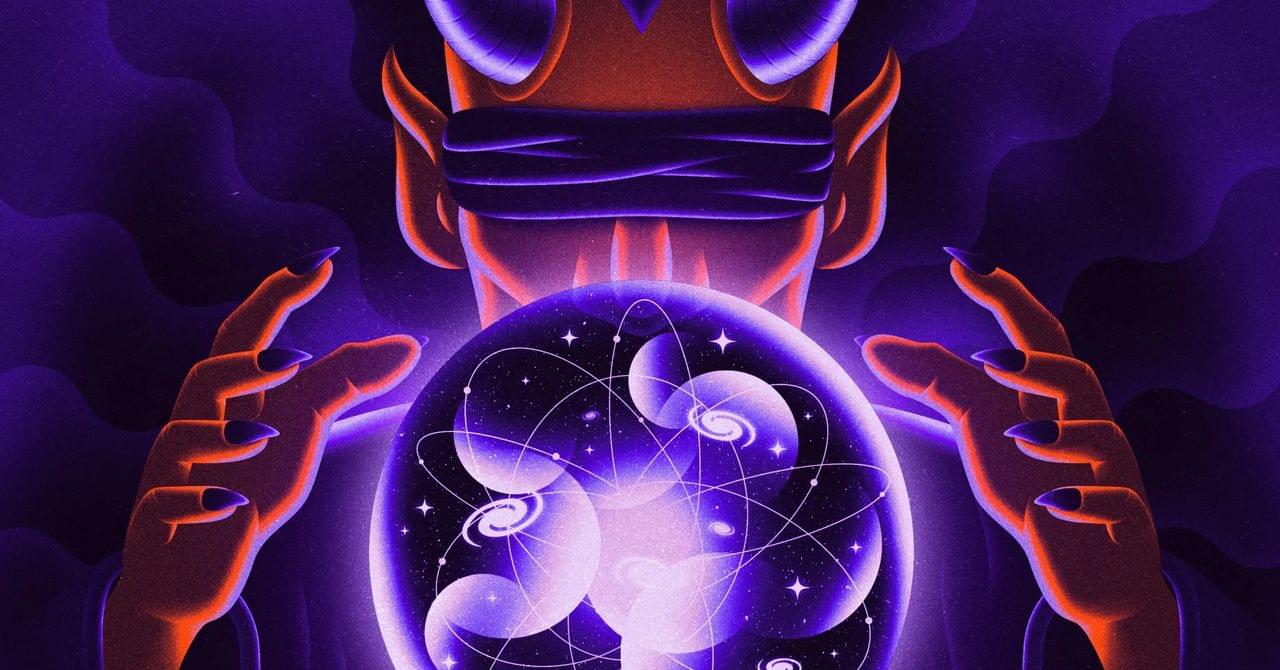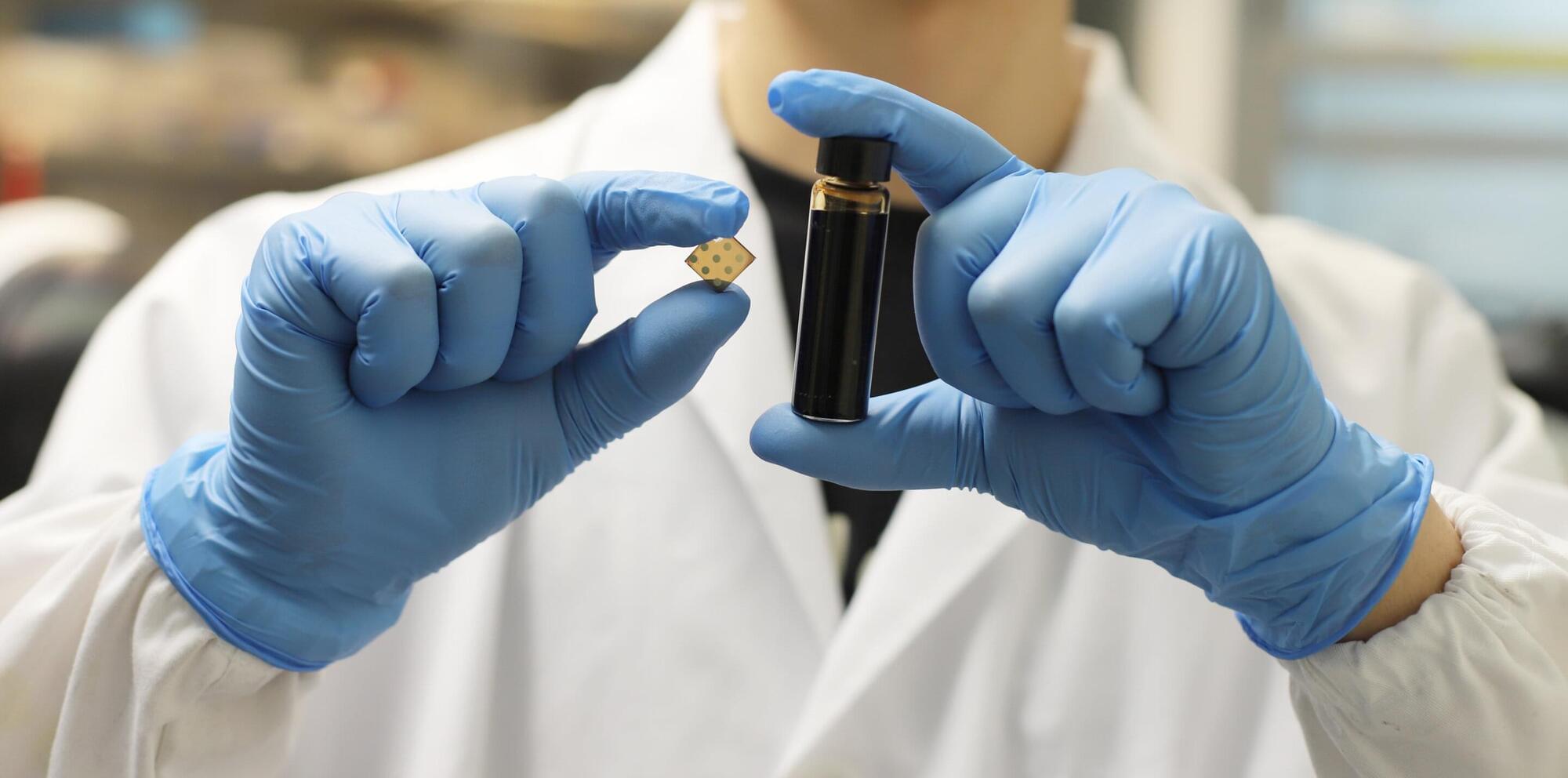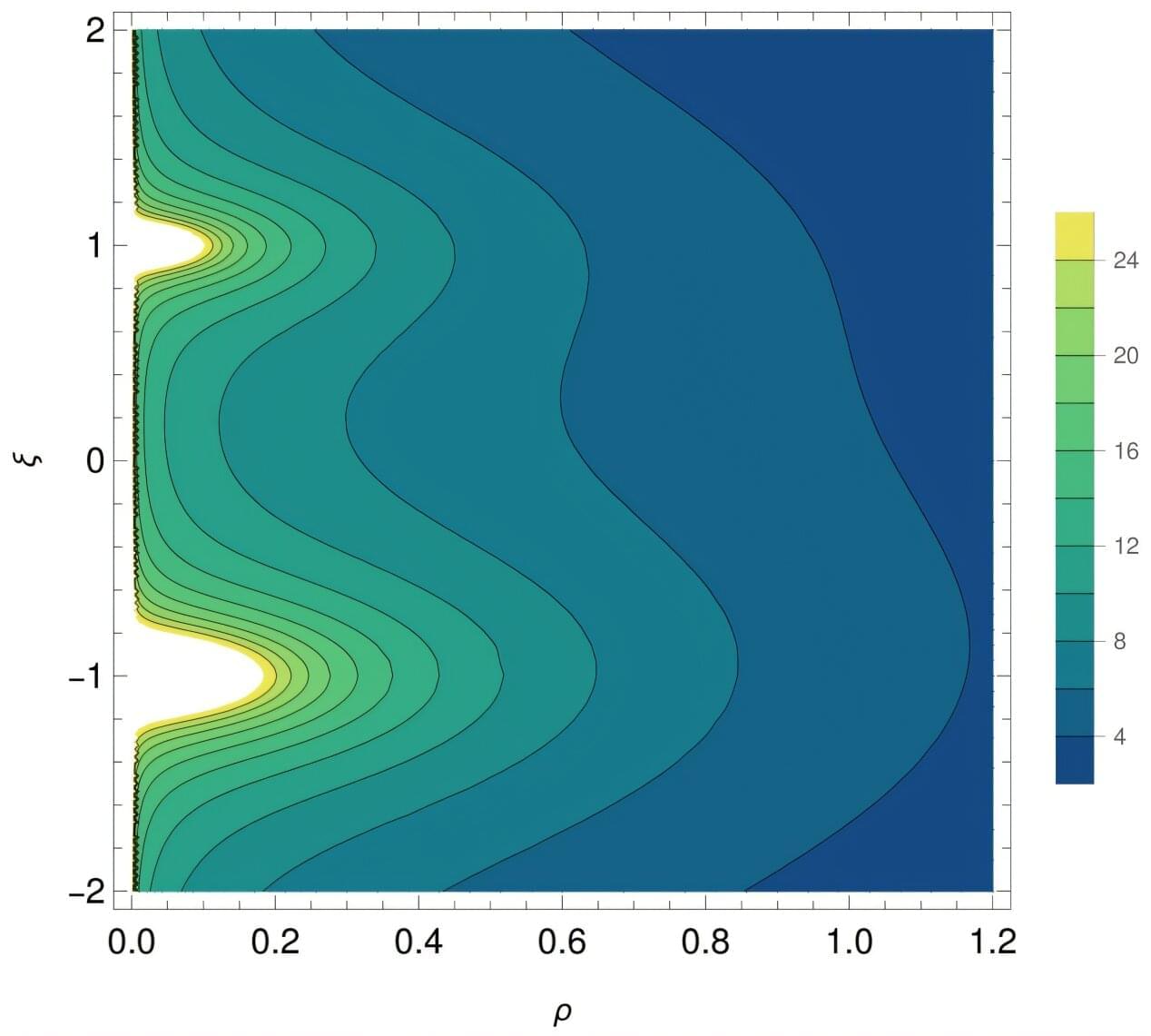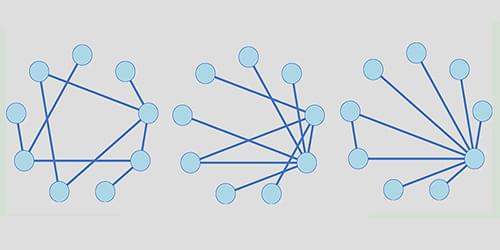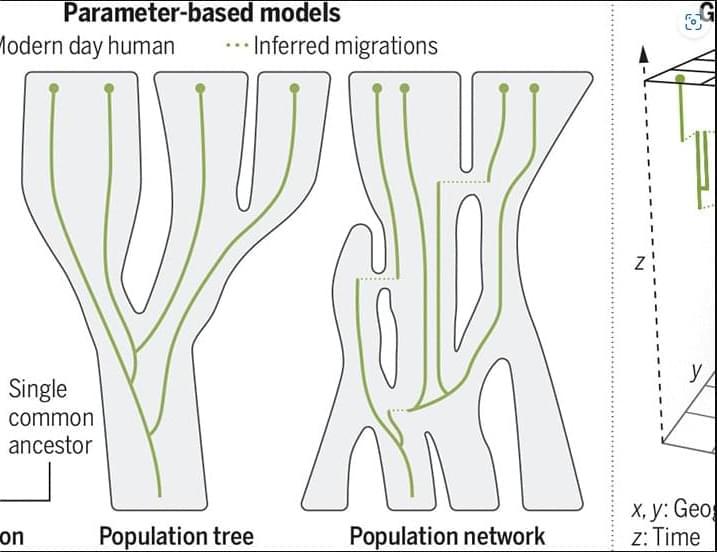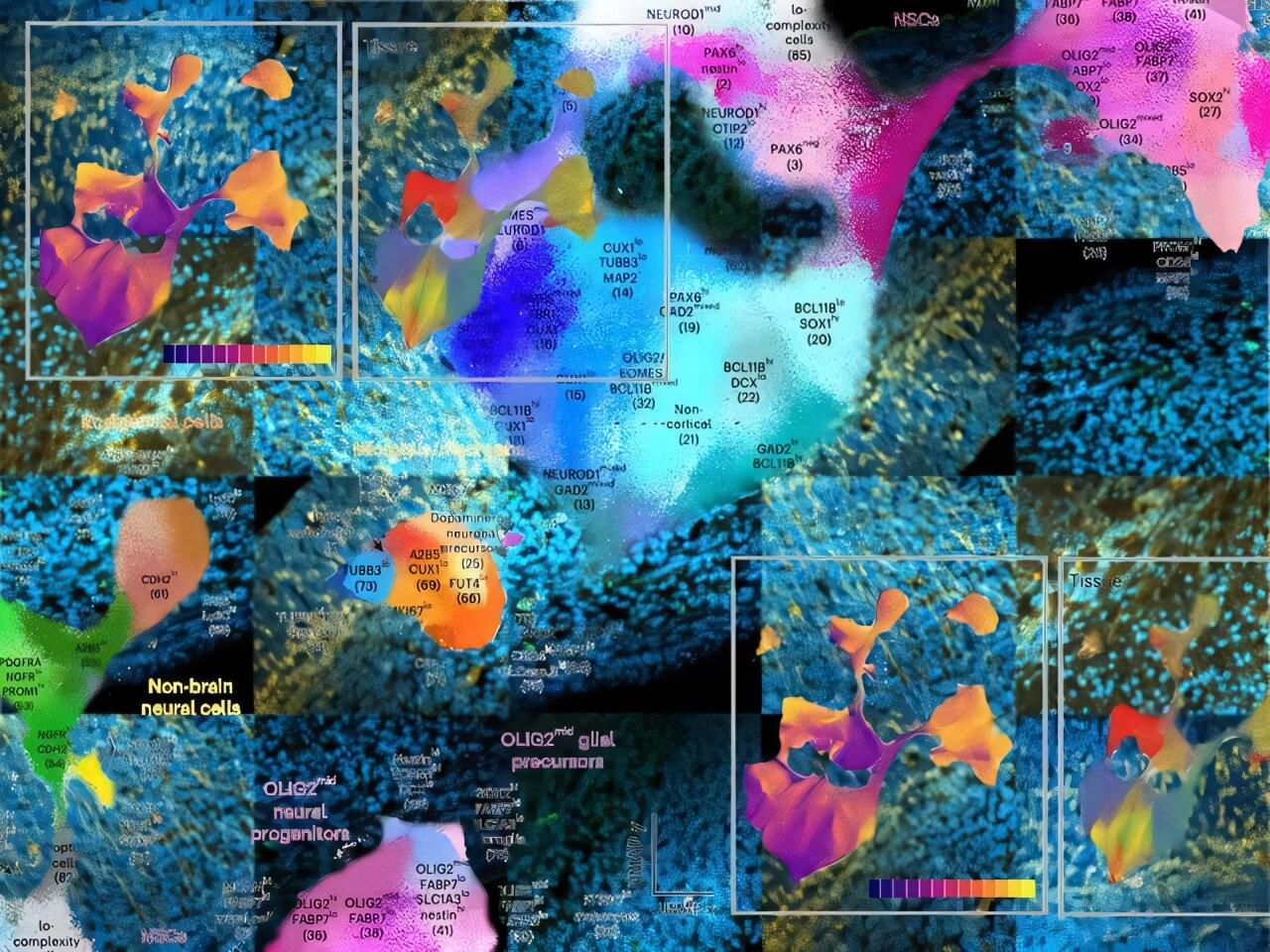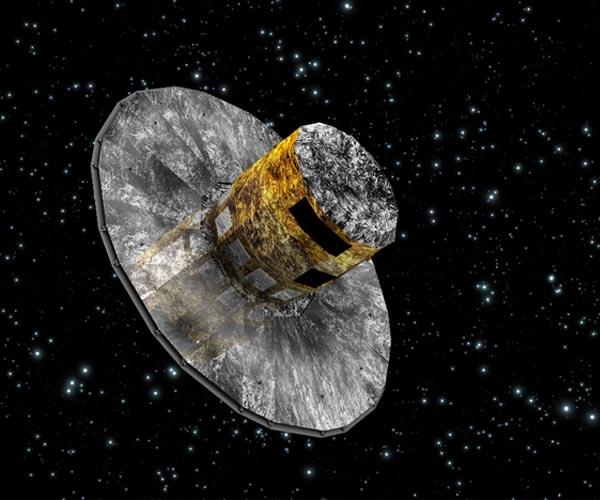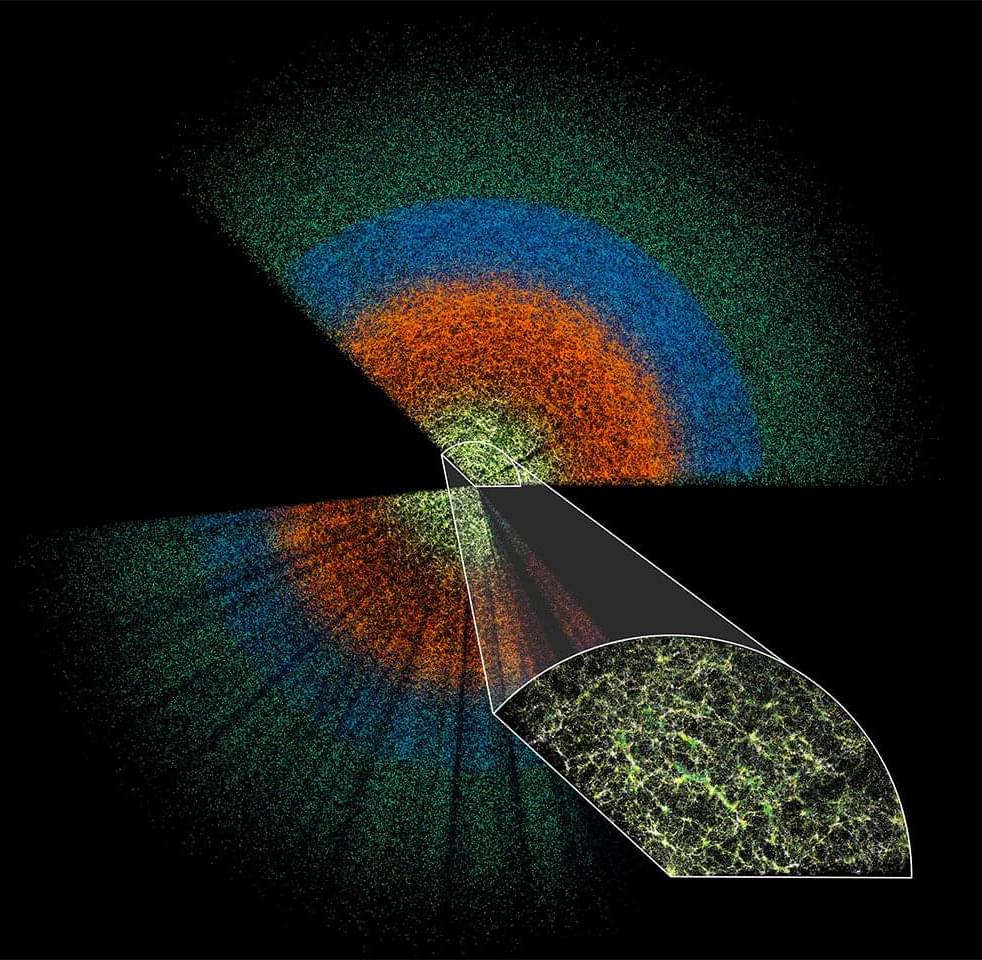NASA’s new space telescope, just opened its eyes to the universe and delivered its very first images from space. Though not yet fully calibrated, the images already showcase a sweeping view filled with stars and galaxies — over 100,000 sources in each frame.
SPHEREx detects invisible infrared light and splits it into 102 hues to reveal secrets about the origins of water, galaxy distances, and even the physics of the early universe. With all systems working and its ultra-chilled detectors focused and functional, the mission promises to revolutionize cosmic surveys by mapping the entire sky multiple times and complementing more focused telescopes like Hubble and Webb.

